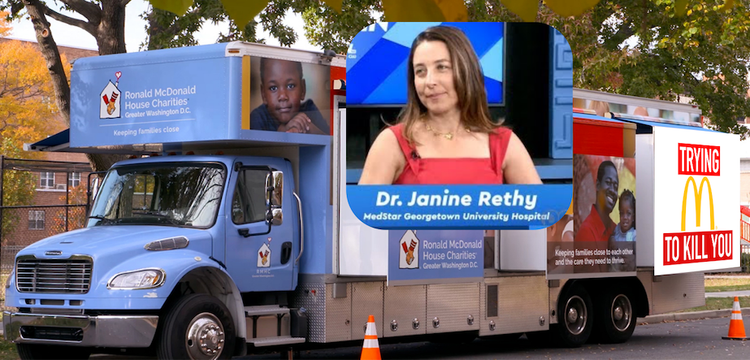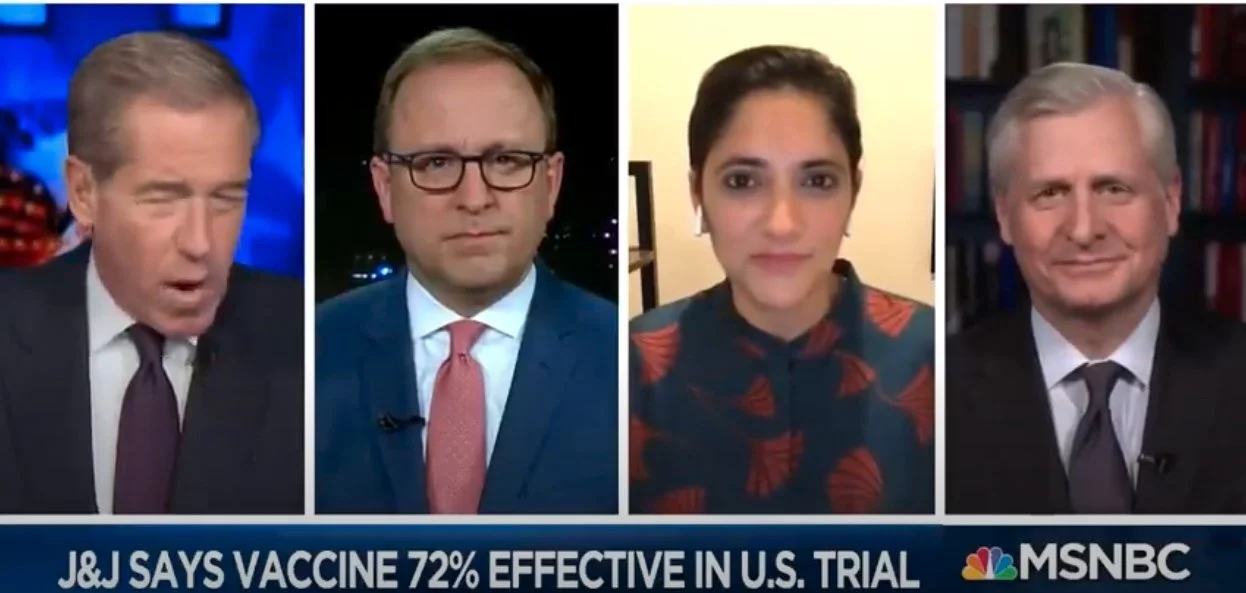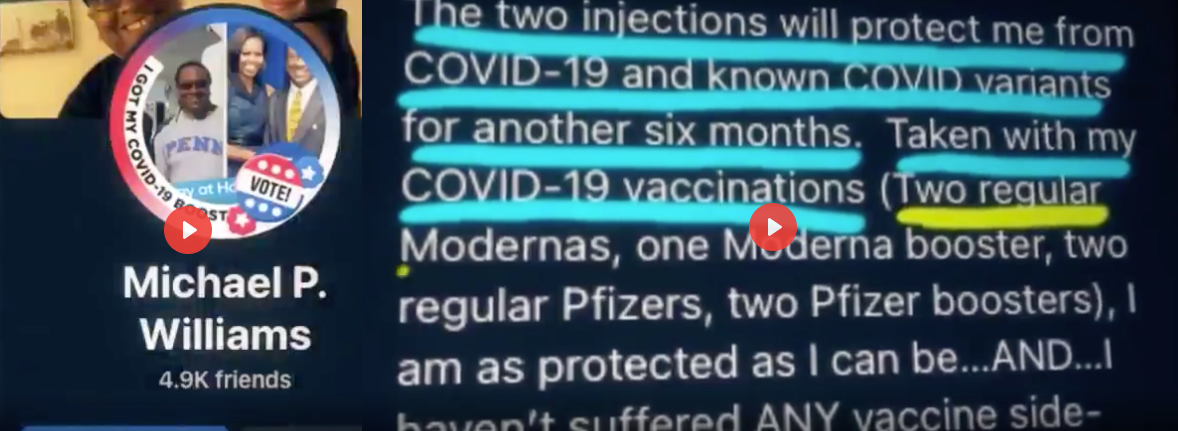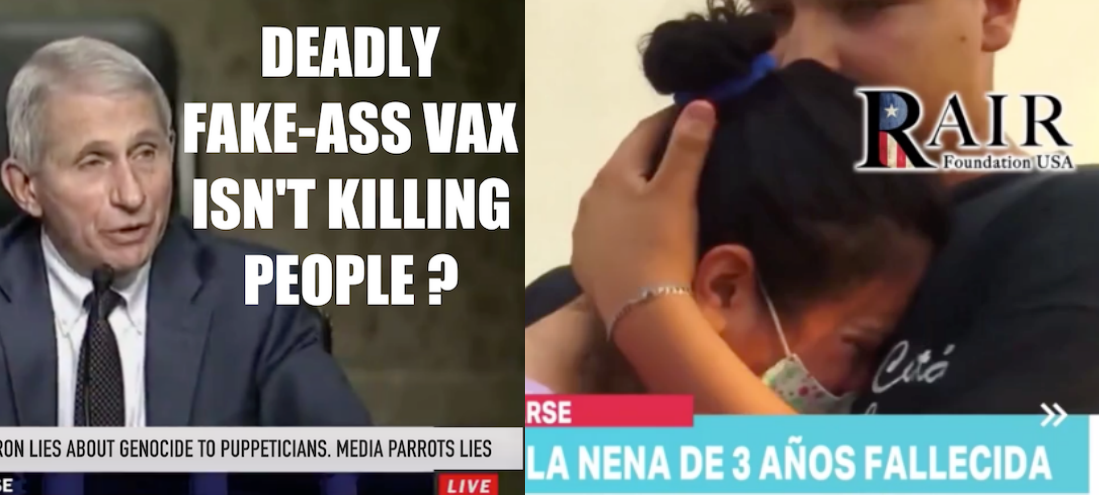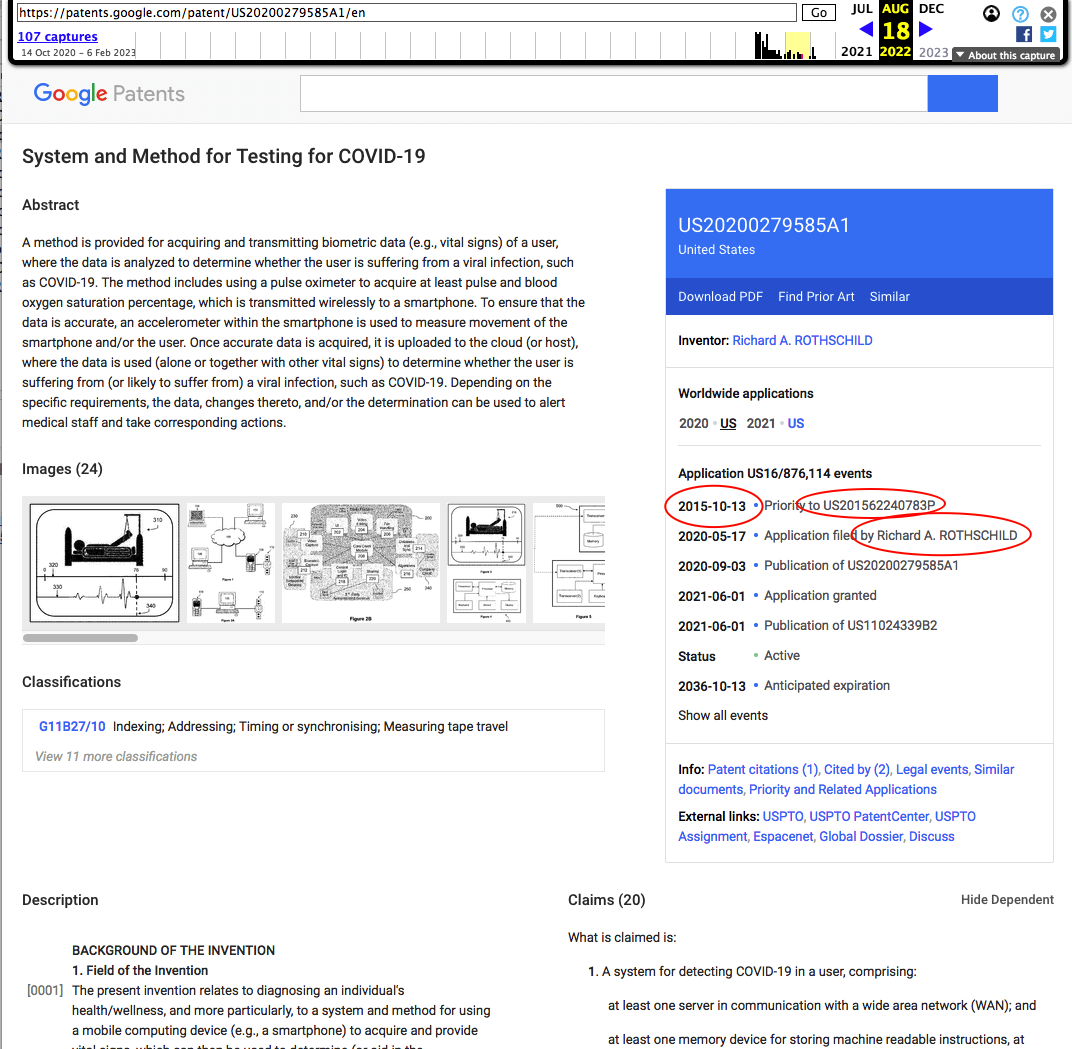From [HERE] A Boulder County Public Health (BCPH) campaign to persuade parents — especially Latinos — of children ages 0 to 11 to vaccinate their kids for COVID-19 has some of the Colorado county’s parents up in arms.
The BCPH in May 2022 hired Godot, a “creative” consulting agency, to conduct focus groups and develop the campaign.
The agency’s final report — dated October 2022 and obtained in January by local citizen’s group No Vax Mandates Colorado through numerous Colorado Open Records Act (CORA) requests — describes the agency’s findings and lays out a proposed ad campaign strategy to convince the “vaccine-hesitant” to give their small children the shot.
According to the report, “Vaccine hesitancy is not binary.” So the consultants set out to characterize people on a spectrum, from “anti-vaccine” to “vaccine champions” in order to identify those individuals who may be susceptible to “moving the needle” toward having their young children vaccinated through an effective advertising campaign.
Cindy Baker, a member of No Vax Mandates Colorado for months has been trying to foster a dialogue about the project with BCPH at public meetings.
Baker told The Defender:
“The report is egregious and offensive on many levels. It defines anyone who questions mRNA injections as ‘intentionally ignorant’ and ‘selfish.’
“It aims for innovation but instead comes across as a mishmash of vicious stereotyping, vagueness on detail (such as methodology), Zoom-class arrogance and outright weirdness.”
Much research and many organizations across the country have been dedicated to understanding and overcoming “vaccine hesitancy” — particularly among Latino people — often framing it as a way to fight racial and economic injustice.
The medical establishment often blames this “hesitancy” on factors like “misinformation” and past trauma, claiming these and other issues confuse people’s thought process — instead of acknowledging that some people reject the vaccines on the basis of informed decision making.
According to Colorado’s COVID-19 tracking website, over 85% of white Coloradans have received at least one dose of the COVID-19 vaccine, but less than 50% of Hispanics have — the lowest rate for all racial/ethnic groups.
Approximately 26% of children ages 0 to 9 in Colorado have received at least one shot. Among children ages 11 to 18, that number rises to almost 59%.
The county’s program appears to be moving forward despite a broader trend where local, state and national governments are abandoning vaccine mandates and changing vaccine recommendations for young people.
For example, last month, California dropped its planned vaccine mandate for school-age children. Sweden stopped vaccinating children under age 12. The U.K. no longer recommends COVID-19 boosters for healthy people under age 50.
Despite this trend, the Centers for Disease Control and Prevention (CDC) last month added COVID-19 vaccination to its routine immunization schedule for children and adults.
The report: empathetic, fear-based messaging?
The Godot report described the findings from an unknown number of English and Spanish language focus groups the agency conducted, “exploring the web of influence, emotion, information, and misinformation behind the community’s decision making.”
The document said BCPH had little direct input on the focus groups process, but also that the process between the consultancy and BCPH was “deeply collaborative.”
Godot conducted focus groups with “community members” who were “hesitant” or had questions about vaccines. The goal was “to use empathy and trauma-informed listening skills to translate that feedback into meaningful and truthful messaging that connects with community members.”
Godot focused on communities with “lower full vaccination rates,” and said that vaccination rates among the Spanish-speaking population were lower than that of white adults and their older children in Boulder.
They recruited participants, who were compensated with a $40 gift card, by working with Latino organizations such as El Centro Amistad, which also advertised on Radio La Ley, and at a Latino-focused head start program and food bank.
The agency also had support from Out Boulder County, a client listed on the agency’s website.
The focus groups were held on Zoom due to lack of interest in attending in-person events.
The report did not include details about the number of participants or the number of focus groups conducted, questions asked, metrics for evaluating outcomes or other methodological details.
Marti Hopper, a member of No Vax Mandates Colorado, pointed to the vagueness of the project description in a statement at the Feb. 13 County Board of Public Health meeting.
“I found it very odd that the report has no methodology section. Missing completely is information on how many focus groups were conducted? What was the final make-up of the groups? Who conducted the groups, what questions were asked, what materials were handed out, etc.”
To select participants and analyze their responses, Godot said it worked with BCPH to develop a spectrum of vaccine hesitancy “based loosely on the work and thinking done by the SAGE working group within the World Health Organization.”
SAGE is the World Health Organization’s Strategic Advisory Group of Experts working Group on COVID-19 Vaccines.
SAGE researchers, such as Yale University’s Dr. Saad Omer, have conducted extensive research on “combating vaccine hesitancy” through “tailored message campaigns,” the Defender reported.
Omer is one of many prominent voices in what is known as the field of “infodemiology,” which seeks to limit the circulation of “misinformation” and “disinformation” with respect to vaccines.
Rather than conveying factual evidence to support claims, such research is dedicated to developing messaging designed to persuade people to act in particular ways.
In that spirit, Godot’s spectrum placed people into one of seven categories on a visual chart found in the report.
These categories ranged from the green-colored “vaccine champion” who expresses “outspoken support for immunizations” to the red-colored “anti-vaccine,” defined in the report as: “outspoken, intentional misinformation. Conclusions based on disproven data. Holding beliefs commonly tied to other conspiracies.”
The agency’s target group of people who could potentially be moved by an advertising campaign range from the orange-colored “vaccine resistant” type — characterized by: “statements rooted in intentional ignorance. Foundation of fact vs. fiction is generally not sound. Vocal” — to the light green-colored “vaccine compliant” type who is “willing to get vaccines to access school, work, activities OR are choosing to follow their own vaccine schedule.”
Godot said its role in the focus groups was to “reinforce the core messaging coming from the CDC and WHO,” and to find locally specific themes they could address “truthfully, genuinely, and with empathy.”
To that end, the agency came up with three themes — Knowing the Unknown, Ecosystem, and Ambivalence — and sought to develop “fear-appealing” messaging tied to each theme.
The report explained that the fear-based approach was based on Kim Witte’s Extended Parallel Processing Model (EPPM), also known as the Threat Management or Fear Management model.
According to Witte’s foundational work in this field, “Fear appeals are persuasive messages designed to scare people by describing the terrible things that will happen to them if they do not do what the message recommends.”
The U.S. Agency for International Development also uses this method and describes its logic:
“The degree to which a person feels threatened by a health issue determines his or her motivation to act, while one’s confidence to effectively reduce or prevent the threat determines the action itself.”
The report concludes with the example of “concept boards” for the potential direction of the advertising campaign.
Several images include a large orange ball that signifies different things in different ads. Another image contains a picture of a wombat’s head on a person’s body. As they explain in the document, the proposals are often intentionally counterintuitive and avoid facts about COVID-19 in a way that is meant to be tied to the fear-appeal model.
The document states:
“These treatments get a little strange, even unintuitive. Beyond the visual intrigue and clickability, the quirkiness here is intentional. It’s a way of softening the push and pull of the EPPM. It makes them feel created for people rather than populations.
“And by not diving too deeply into the hard facts of COVID-19 vaccinations and kids, we keep their thinking high-level and empathetic, understanding that when it comes to a more foundational, global message, the national organizations continue to provide excellent material.”
The Spanish text contains errors that make the Spanish-language examples more difficult to understand.
Trying to communicate with public health policymakers ‘feels like a brick wall’
The report was brought to light through the efforts of some members of the citizen group No Vax Mandates Colorado who told their story to The Defender.
Concerned by the adverse effects of ongoing public health policy regarding COVID-19 in schools, at the University of Colorado and for the general population in Boulder County Colorado, members of the group began attending the monthly BCPH zoom meetings.
When BCPH announced its plan at the May 2022 meeting, Indira Gujral, a spokesperson for BCPH said, “For younger children we see some disparities particularly by race and ethnicity that we are concerned about.”
Gujral added:
“The goal is to be able to glean information from vaccine-hesitant parents and as to what would make them feel further confident to move them along the continuum.
“We know that we have a unique population and community in Boulder, and so it’s an opportunity for us to learn and hear from parents about what their concerns are.”
At the June meeting, several citizens gave public comments, voicing their concerns about the program. They presented data on natural immunity, on the limited efficacy for vaccines among children and on vaccine injury among young people.
They argued that experimental vaccines could not be mandated and, legally, people must be apprised of all of the risks and benefits of experimental medicines.
They implored local health officials to respond to their question: “What are your reasons for promoting COVID vaccines for kids and on what scientific and ethical considerations are these policies based?”
Comments were made in “public comments” sections of the meetings, where commenters had three minutes to make their comments. There was no official response.
At the next several meetings, members of the group continued to voice their concerns.
Aware that the focus groups had been ongoing, No Vax Mandates Colorado requested documentation of the focus group findings in October 2022, along with other information about the project, including cost and funding sources from the BCPH.
They made a CORA request, which is similar to a Freedom of Information Act request, but at the state level.
According to No Vax Mandates Colorado, BCPH told them there would be a cost of over $700 to respond to their request. Public agencies are permitted to charge for search time and review time on their requests.
The group said they narrowed their request substantially, but BCPH still required fees of several hundred dollars, which they found prohibitive.
After making four requests, BCPH informed them in December the summary document would be available in mid-January.
BCPH sent them the document — dated October 2022 on the cover, but dated “Final-1-20-23” in pdf itself — in late January and also posted it on its website. [MORE]


